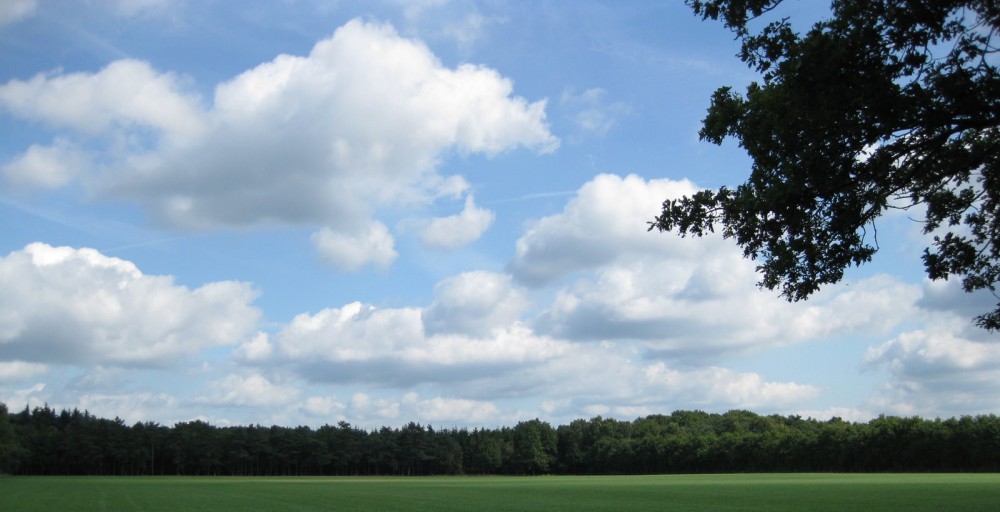Dear friends,
The purpose of Advayavada Buddhism is to become a true part of the whole.
The purpose of the autonomous Advayavada Study Plan (ASP) is that we study (and debate in a local group, the family circle or with good friends) the meaning and implications of the weekly subject, not as a formal and impersonal intellectual exercise, but in the context of whatever we ourselves are presently doing or are concerned with, or about, such as our health, relationships, work, study, our place in society, etc.
Advayavada Buddhism does not tell you what to do or believe, but how to make the very best of our own lives by indeed attuning as best as possible with wondrous overall existence advancing over time now in its manifest direction. The ASP is repeated four times a year.
Next week (10) we shall begin to realize our improved personal objective as best as possible.
This task is based on the 5th step on the Noble 8fold Path: samma-ajiva (Pali) or samyag-ajiva (Sanskrit); in Advayavada Buddhism’s usage: our very best implementation, realization or putting into practice.
In Advayavada Buddhism, the Noble Eightfold Path is fully personalized: it is firmly based on what we increasingly know about ourselves and our world, and trusting our own intentions, feelings and conscience. Adherence to the familiar five precepts (not to kill, not to steal, sexual restraint, not to lie, and refraining from alcohol and drugs) and a well-considered understanding of the three (in Advayavada Buddhism, four) signs of being and the Buddha’s four noble truths suffice to start off on the Path at any time (see weeks 1 to 5).
Other translations of the 5th step are: right purity (Arnold), right vocation (Burt, Watts), right livelihood (Bahm, Bodhi, Ch’en, Conze, Dhammananda, Dharmapala, Eliot, Fernando, Gethin, Harvey, Horner, Keown, Khemo, Kornfield, Malalasekera, Narada, Rahula, Rhys Davids, Saddhatissa, St Ruth, Stroup, Takakusu, Warder), appropriate livelihood (Batchelor), right living (David-Neel, Narasu, Nyanatiloka), right mode of life (Grimm), right life (Guenther, Melamed), right means of livelihood (Humphreys); proper way of earning one’s living (Edwardes); correct living (Kloppenborg), correct livelihood (Scheepers).
Kind regards,
John Willemsens,
Advayavada Foundation.
@advayavada
